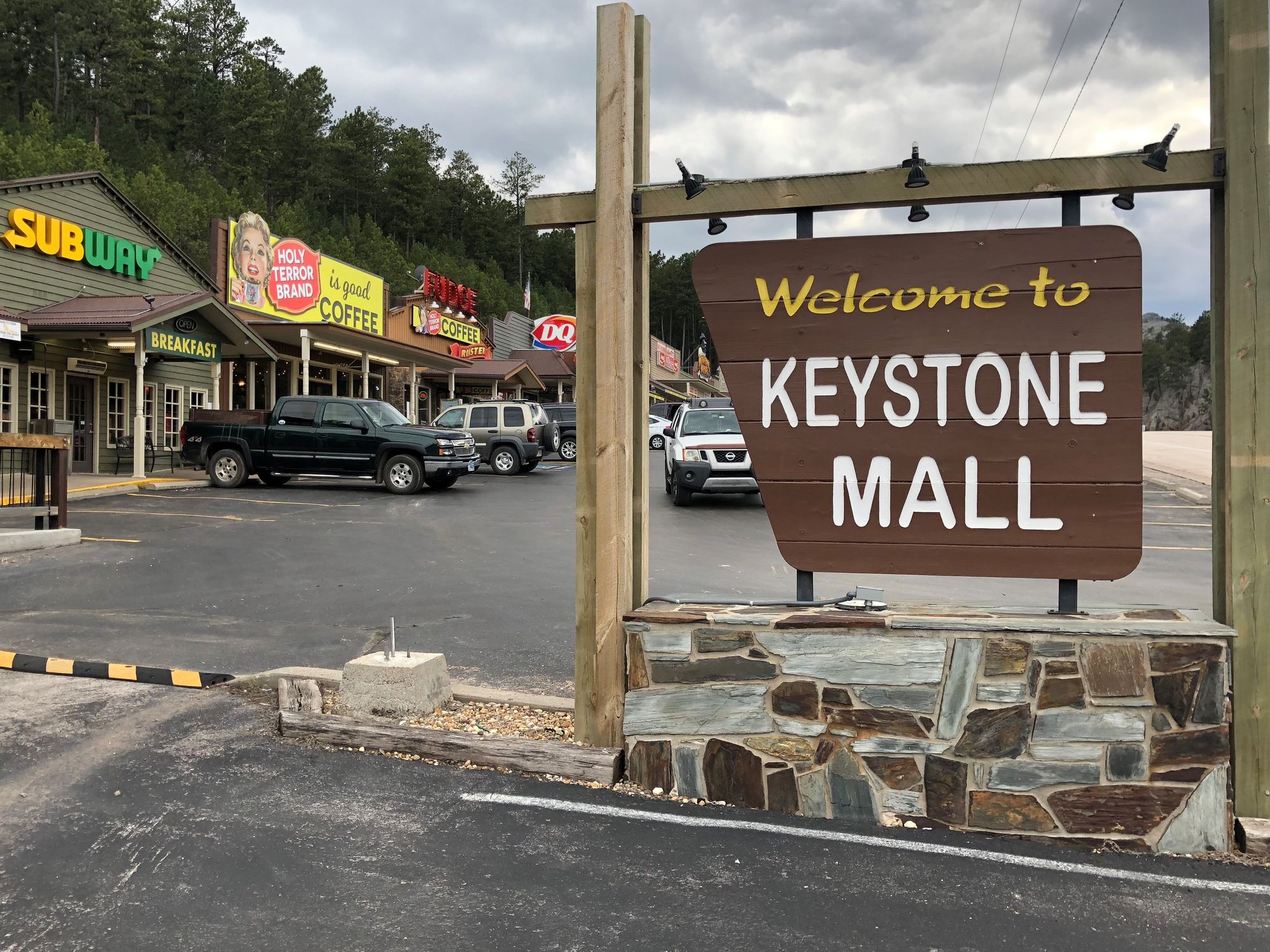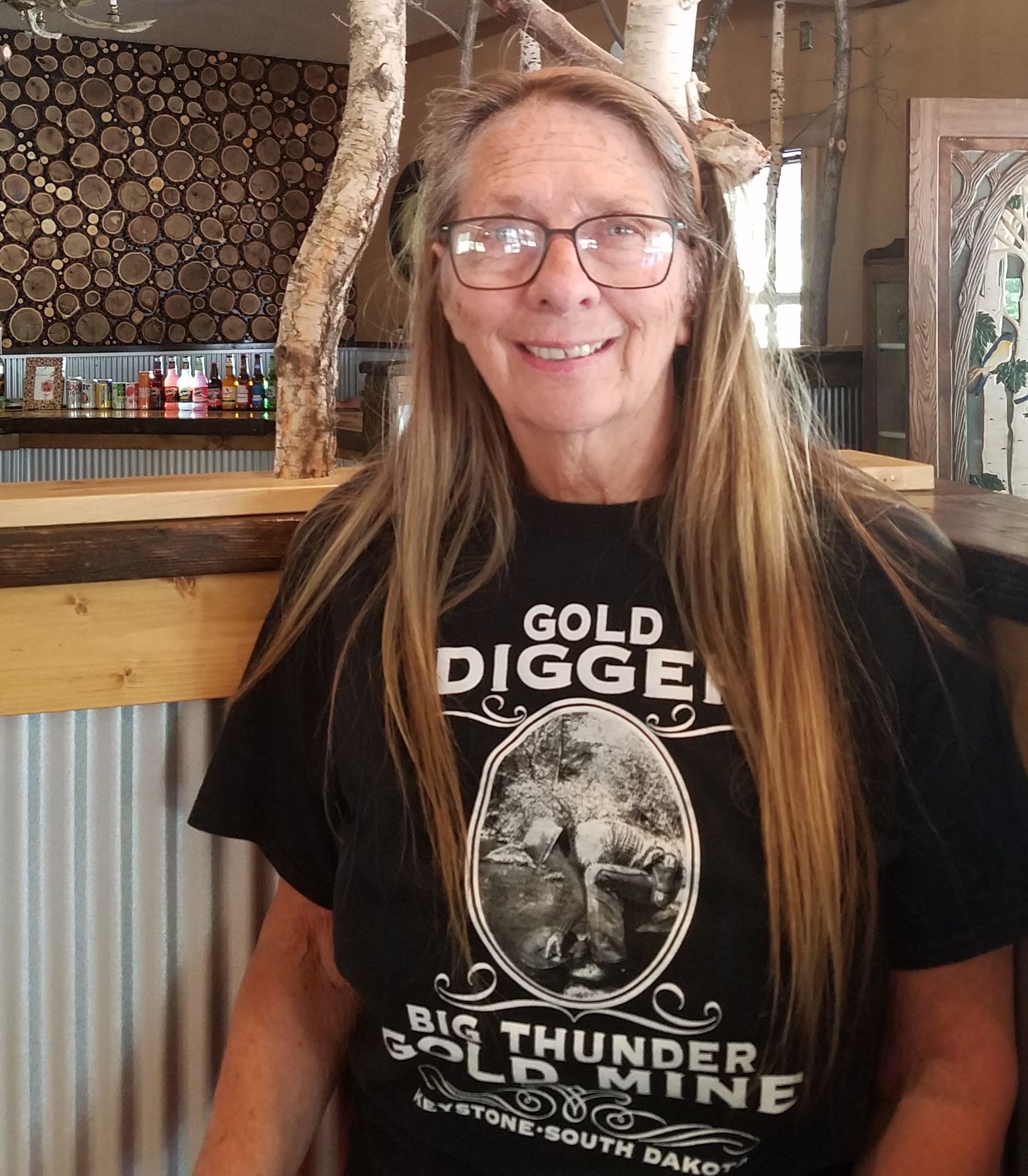As the tourism industry across South Dakota faces potential economic disaster in 2020 owing to the COVID-19 pandemic, the small town of Keystone is in a particularly precarious position.
The town of 327 people nestled in the central Black Hills at the base of Mount Rushmore National Memorial survives almost entirely on tourism. In addition to playing off its mining and railroad history, the town benefits mostly from the roughly 3 million people who pass through Keystone to get to Mount Rushmore each year.
Spending by visitors supports the incomes of business owners and workers who make a living from the restaurants, hotels, shops and attractions that dot the main drag and a few side streets in the small town.
Furthermore, the sales-tax revenues from food and drink, lodging and retail sales make up nearly three-quarters of the town’s annual $1.25 million budget, putting Keystone’s financial fortunes at the mercy of the tourism trade and almost entirely reliant on money spent by visitors.
“The town has kind of set itself up to be extremely sensitive to sales tax because we don’t have much property tax,” said Cassandra Ott, finance officer in Keystone. “Considering the town is mostly tourism-based, I would say the majority of that is from visitors.”
And this year, with fears of COVID-19 keeping tourists away so far and into the foreseeable future, the town might have to undergo some painful belt-tightening. Local businesses that are open year-round or which opened in March for the early tourism season report that sales are already down by 65% or more, and the spring-break season appears to be a complete loss.

The town board has already delayed plans to rebuild two failing bridges in town, opting instead for annoying detours but saving $600,000 in planned spending, Ott said.
The town has budgeted conservatively in the past and for the coming year, so it will certainly be able to pay for basics such as police services that are contracted through the Pennington County Sheriff’s Office.
But if tourism doesn’t rebound, the larger concern is whether the town could afford to keep open its library, which in a town without schools or child-care services acts as a de facto day-care center during the summer.
“I’m concerned about things like our library; are we going to be able to afford a library?” Ott said. “The town is going to have to make hard decisions, like do we plow streets or fund the library?”
Municipal revenues are a top concern of Town Board President Rick Brandfas, but he also worries about the fate of many of the family-owned, mostly seasonal businesses that operate in Keystone.
“We’ll be able to get through it because we have money in savings,” Brandfas said. “But it’s the businesses I’m worried about. Some of the smaller ones might not be able to recover from not having the tourism.”
The stress of seeing customer traffic dry up is taking its toll on business owners like Sandi McLain, who operates the Big Thunder Gold Mine in Keystone.

McLain, 68, has owned the mine, restaurant and gift shop attraction outside downtown for 30 years, and she said 2020 is shaping up to be the worst year ever. McLain, who offers gold-panning and educational tours about the mine, also serves on the town board.
After a down year last year due to poor weather, McLain and others were gearing up for a great summer. They expected a bounceback from the possible return of fireworks to Mount Rushmore and the Carrie Ingalls 150th birthday party planned for July, and from big crowds expected at the 80th Sturgis motorcycle rally in August.
Now, it is unclear whether any of those events will take place and whether fears of the virus will keep people away throughout the summer and spring and fall “shoulder” seasons.
“Everything is so crazy; it’s like it’s become very, very overwhelming,” McLain said. “The businesses here, we learn to live with things and have had to go to Plan B a lot in our lives. But this thing, I’ve never had any experience like this.”
Mount Rushmore remains open and will still be illuminated at night, but the interpretive center, restaurant and other amenities are now closed due to the virus, according to the National Park Service.
McLain usually hires about 50 temporary workers each summer but has cut back to 27 this year. She spent $20,000 to build a drive-up coffee shop last year but isn’t sure she’ll even get it open this year – yet still has loan payments to make.
“You have to pay staff, and if you don’t have people coming to town, how do you do that?” McLain said.
The town has built up a reserve account of about $2 million and it may have to tap into that to remain viable if the virus continues to prevent people from traveling or feeling safe enough to do so, Ott said.
“I was kind of hoping for a good year because we had a rough year last year, and the extra money this year could have offset some of that,” Ott said in mid-March. “I was doing the math to see if we didn’t get any sales tax this year, could we survive? And the answer is yes, but it wouldn’t be pretty.”



